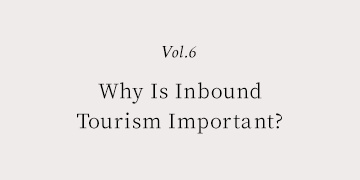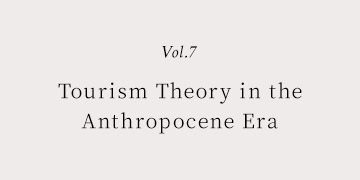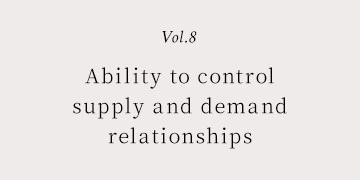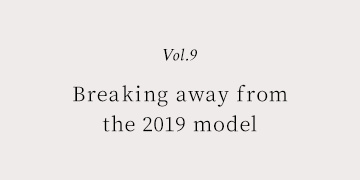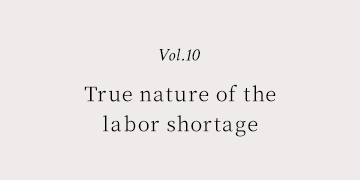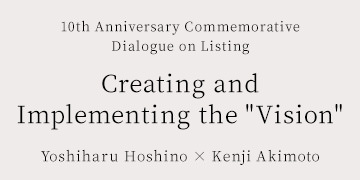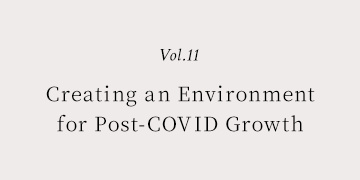
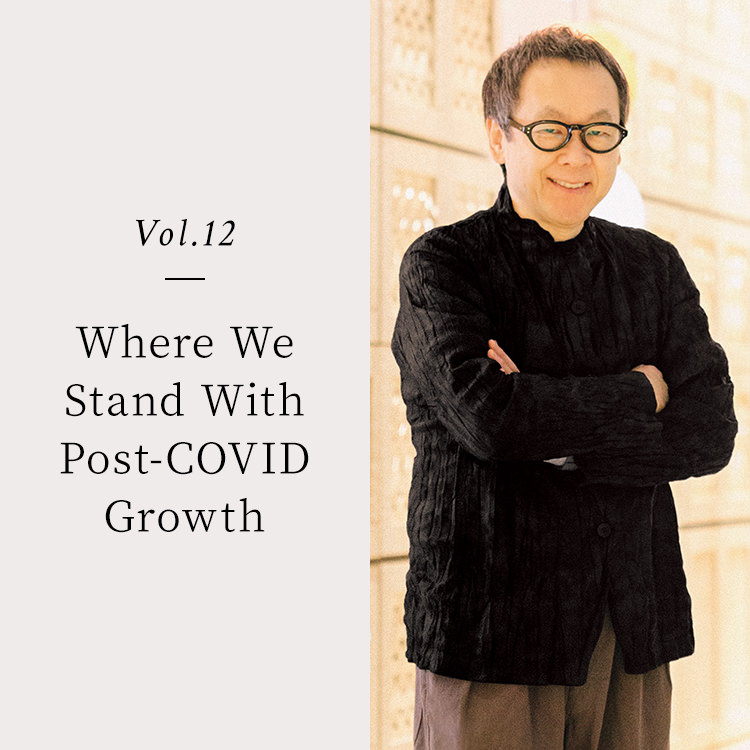
Overcoming the Labor Shortage
Hoshino Resorts has four hiring periods for new graduates each year. In 2024, 25 new graduates joined the company in February, 750 in April, 54 in June, and 101 in October. After undergoing orientation and training as planned, Hoshino Resorts had these new employees take up their posts at their assigned facilities. Together with 102 mid-career hires, Hoshino Resorts saw a record number of employees—over 1000—join the company in 2024. With the completion of the necessary on-site training in mid-July 2024 before the summer vacation, I believe we have met the required number of staff at each facility and overcome the temporary labor shortage that occurred after the COVID pandemic. It was at this point that we were able to lift restrictions on the number of rooms available to guests, ensuring occupancy starting in late July when the summer vacation began. Hoshino Resorts' transaction volume (total sales from all facilities we operate) in 2024 is expected to reach a record high. (Note)
Securing the required number and quality of staff should not be achieved simply by strengthening recruitment; reducing the turnover rate is also an important task. Longer retention of skilled staff leads to a more stable quality of service. It also lowers the cost of new recruitment and training. In 2024, I continued to work on an operational optimization project that began in the spring of 2023.
It has been possible to learn a lot by visiting each facility and having the opportunity to sit down and talk with ten or so key staff members there. Many of the issues that emerge are not individual issues but rather multiple issues that affect each other. This operational optimization project is an effort to grasp the true required working hours by reviewing all tasks and determining what work should be eliminated, what work should be kept, and what new work should be added, from a holistic perspective. Changing just one part of the services we provide slightly can affect six factors: customer satisfaction, profitability, brand power, the short-term ability to attract customers, the physical burden on staff, and staff mentality. I believe that balancing these six factors at a high level is good management and the optimal nature of operations.
In the spring of 2024, representatives from all KAI facilities across Japan gathered and made decisions on 22 improvements to our operations. In the fall, representatives from all HOSHINOYA facilities gathered and reached an agreement on 20 improvements. Each of these involves trade-offs involving the six factors, making it difficult for individual facilities to make changes. Making decisions as a larger whole is therefore important. I believe that these decisions will not only enhance productivity but also help reduce the psychological burden on staff, leading to a decrease in the turnover rate.
Path to Revenue Growth
The labor shortage in Japan's tourism industry is an opportunity to improve working environments. For this industry to join the ranks of leading industries that can welcome and nurture talented human resources and make a sustained contribution to the economy, an inferior working environment compared to other industries is an issue. And ignoring this issue now will sacrifice long-term growth.
While Hoshino Resorts' investment in working environments will raise costs temporarily, it will benefit our corporate competitiveness in the medium term. We raised the starting salary for new graduates in 2024. And to create consistency, we also reviewed our salary system and raised staff base pay. Looking ahead at the trends in the new graduate recruitment market in 2025 and 2026, there is no need to make further increases for the time being; we intend to maintain current figures in 2025. Although the new levels introduced in 2024 will lead to short-term cost increases, Hoshino Resorts aims to achieve medium-term revenue gains that outweigh the cost increases with three measures aimed at improving productivity.
The first measure is to improve the composition of employment categories. Even before the COVID pandemic, a certain portion of our labor force was supplemented by temporary staff and other non-regular, short-term employees. But we are working to reduce this ratio and replace them with new full-time employees. Temporary staff not only means high labor costs; these workers also tend to work for three to six months on a fixed-term basis, incurring more costs than usual, such as regular training and housing costs. Productivity can be increased by replacing these workers with full-time employees. The precondition for this is to achieve an annual leveling of occupancy, which many facilities already have when we look at how well Hoshino Resorts is attracting customers. I would like us to accelerate this transition as we look ahead to the spring of 2025, when the employees who joined in 2024 will have polished their skills.
Given that tourism demand in Japan has not leveled off annually and that there are considerable differences in demand depending on the month, most businesses rely on non-regular employment. More than 70% of workers in the tourism industry as a whole are non-regular employees. Hoshino Resorts, on the other hand, has managed to keep this figure at 30%. This is close to the average for all industries in Japan. Two factors contribute to this: a system for leveling out bookings, and the ability to organize shifts with multitasking.
The second measure to improve productivity is to raise sale unit prices. The unit price is determined by the relationship between demand (the number of customers who intend to make bookings) and supply (the number of rooms available). Measures to increase total demand for our facilities will lead to higher unit prices. There are two scenarios in which total demand will increase. One is when market conditions improve and demand increases in the regions in question. The other is when the market does not change but we roll out measures to increase demand for our facilities. Although the rise in the inbound market means market conditions have been improving in recent years in some areas such as Tokyo, Osaka, and Kyoto, Hoshino Resorts has a record of working on revitalization projects and growing its business. We excel at the latter method of increasing demand for our own facilities. Branding, the creation of new appeals and dissemination of information, development of a system to make bookings directly from our company's website, improvements to the usability of the booking site, and so on are some of the measures that we have been working on for some time. Ranging from 60% to 70%, the ratio of direct bookings for the entire Group is high. Constantly exploring ways to increase total demand and quickly implementing them on a continual basis within the industry will increase total demand for our facilities, resulting in higher unit prices.
For example, when the Furusato Nozei (hometown tax program in Japan) market was growing, we moved quickly to attract that market to the tourism sector. While it is unfortunate that some restrictions were placed on the use of the Furusato Nozei program in the tourism sector following revisions to the system in 2024, I do think there is evidence that overall tourism consumption has increased through the Furusato Nozei program.
The point economy in Japan has also expanded in recent years. We have been looking for opportunities to increase the market share of tourism in this area. Partnering with Saison Card, Hoshino Resorts will introduce a system to book directly using the Eikyufumetsu Points (never expiring points) held by Saison Card holders on our booking website starting on December 1, 2024.
Our partnership with Paidy also began to pay off in 2024. For example, customers who plan to take family vacations twice a year may find it easier to book if they can pay in six installments. Hoshino Resorts was the first hotel to offer Paidy directly on its booking site.
Given Hoshino Resorts’ high ratio of direct bookings, improving the usability of the booking site itself will lead directly to an increase in total demand. As the quality of hotel services becomes commoditized, differentiation in ease of booking will give us a competitive edge. The internal engineering team responsible for system development is moving based on their medium-term vision, and their plan is to continue implementing improvements in 2025 and beyond.
The third measure to improve productivity is to improve operational efficiency through the results of the aforementioned operational optimization project. By optimizing workloads within shifts, we can maintain customer satisfaction, eliminate wasteful work, and reduce the psychological burden on staff. This will reduce the turnover rate as a result, creating more stable operations.
The first half of 2024 saw the welcoming and training of many new staff members, as well as the simultaneous opening of five new facilities. The results of operational efficiency improvements may not be visible yet in numerical terms, but the actual work going on in the field indicates that good progress has been made. The results of this will gradually surface going forward. As we plan to open only two new facilities in 2025, including the renovated KAI Hakone, I am confident that we will see the fruits of this operational optimization project that is two years in the works. And with the new productivity standards as the norm, I want to see us apply them to many of the new projects scheduled to open in 2026 and beyond.











